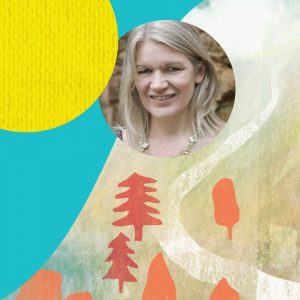In Australia, the year 2020 began with every state and territory in our country alight in the most terrifying of circumstances.
Between November 2019 and March 2020, it is estimated 18 million hectares have burned throughout the country. The impact of these fires is far-reaching. From smoke filled cities, towns, beachside communities and beyond, thousands of people had their health compromised due to the heavy levels of smoke penetrating far beyond the areas of the fires, causing anxiety, fear and genuine health concerns. It is estimated that over 1 billion animals were killed, almost 3,000 homes were destroyed and at least 34 people were killed as a direct result of the fires.
 These figures alone provide a glimpse into the layers of grief and loss that the country as a whole is experiencing as it wakes up from this unprecedented and surreal unfolding of life that is traditionally a time where Australians relax and unwind with family and friends and prepare for the coming of a new year. Normally we expect to see images of relaxed and easy-going Aussies sprawled across beaches with food and family, however this year’s images showed people distraught and confused, trying to make sense of the senseless situation they found themselves in.
These figures alone provide a glimpse into the layers of grief and loss that the country as a whole is experiencing as it wakes up from this unprecedented and surreal unfolding of life that is traditionally a time where Australians relax and unwind with family and friends and prepare for the coming of a new year. Normally we expect to see images of relaxed and easy-going Aussies sprawled across beaches with food and family, however this year’s images showed people distraught and confused, trying to make sense of the senseless situation they found themselves in.
Prior to the bushfires, Australia was already battling growing drought conditions, which undoubtedly added to the ferocity and lethal consequences of the fires that tripped into the drought affected landscape. On the back of the bushfires, Australia, along with the rest of the world, is now grappling with a pandemic, unlike anything that we have experienced for generations.
If climate change was a remote, random nightmare before the fires, these events have certainly sharpened the focus of our plight, bringing the reality of our predicament into perfect view.
How do we respond to what we are seeing and experiencing in relation to our environment? There are many ways that we need to be responding at this time, however one of those ways is often overlooked, in the same way it is overlooked in other areas of our lives. That is, to grieve. To grieve both what has already been lost as well as what we continue to lose – the environment as we have known it. Many are referring now to “ecological grief” in recognition of the loss of our environment as we have known it and the far-reaching consequences of an ecology out of balance.
 Grieving is confronting, painful and life changing whenever our losses are significant. I can’t think of a more significant loss than the environment as we have known it as well as the implications for these ongoing losses which moves us into the deeper and more penetrating questions of how we survive in the light of the environmental changes we are experiencing. The losses we are experiencing are not just the physical absence of beauty and place as we have known them. The losses speak into the very essence of how we sustain human life safely in the places we call home…
Grieving is confronting, painful and life changing whenever our losses are significant. I can’t think of a more significant loss than the environment as we have known it as well as the implications for these ongoing losses which moves us into the deeper and more penetrating questions of how we survive in the light of the environmental changes we are experiencing. The losses we are experiencing are not just the physical absence of beauty and place as we have known them. The losses speak into the very essence of how we sustain human life safely in the places we call home…
Please continue reading below:
Mandy Cox,
Good Grief, Counselling & Supervision Services
Photo: Therapist comforting patient by Polina Zimmerman from Pexels. Used with permission.
